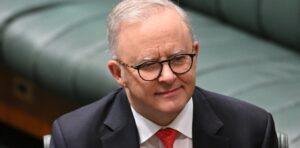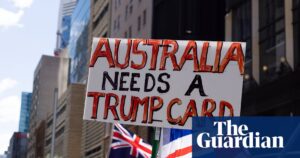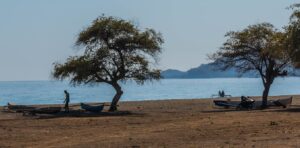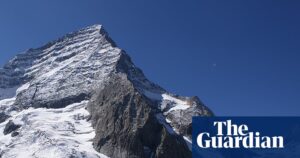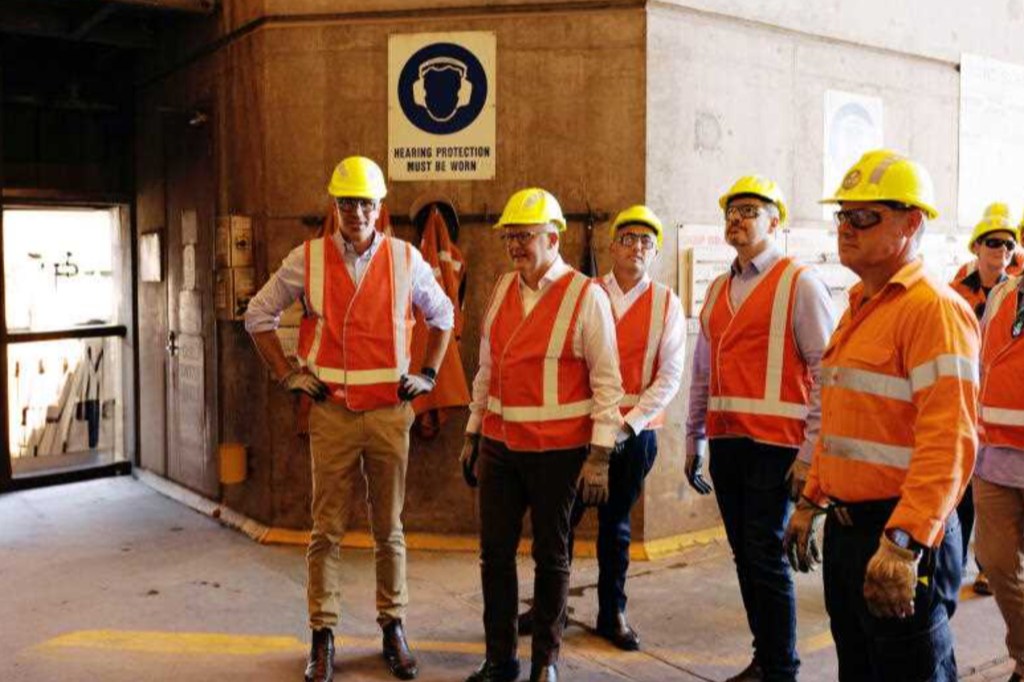
The recent report by Climate Energy Finance (CEF) has raised alarms over the proposed gas-powered transition for the Whyalla Steelworks, suggesting it could become a significant financial burden on taxpayers. The think tank argues that such a move would be a “grave strategic misstep” for both the state and the nation, urging a shift towards greener alternatives like green iron and steel.
In their report, titled ‘A Strategy for Whyalla: Enabling the Transformation and Decarbonisation of the Steelworks’, CEF claims that public capital expenditure ranging from $1.7 billion to $2 billion over the next decade would be necessary to subsidize gas supply and infrastructure. This investment is deemed essential to maintain the competitiveness of the steelworks, which is currently at a disadvantage due to South Australia’s high domestic methane gas costs.
Background and Financial Implications
The Whyalla Steelworks faced financial turmoil when it was placed into administration in February 2025, with KordaMentha appointed as administrators. The state government revealed that creditors were owed over $1.3 billion by the former owner, GFG Alliance. In response, both state and federal governments unveiled a $2.4 billion rescue package to support the steelworks’ operations and preserve jobs.
Initially, the state government had planned a $600 million green hydrogen project to enhance steelmaking operations in Whyalla. However, these funds were redirected to the steelworks’ rescue package, putting the green hydrogen initiative on hold.
Debate Over Energy Sources
South Australian Premier Peter Malinauskas has been a vocal advocate for the role of gas in decarbonizing the nation’s electricity network and supporting heavy industry. At the National Energy Forum in September, he endorsed Santos’ Narrabri gas expansion project in New South Wales, which proposes a new coal seam gas field over 95,000 hectares.
However, the CEF report urges the state government to reconsider its strategy and focus on generating green steel at Whyalla, transforming the region into a pioneering green iron hub in the southern hemisphere. The report, co-authored by CEF founder Tim Buckley and economist Matt Pollard, highlights the economic and environmental risks of a gas-led transition.
“The SA Government must reevaluate the cost and risk of locking-in a fossil gas ‘transition’ of Whyalla,” the report states. “Domestic gas prices in Australia make it uneconomic, and incompatible with Australia’s decarbonisation and climate ambitions.”
Potential Consequences and Strategic Vision
According to CEF, Santos, a long-term gas supplier to the steelworks, stands to benefit from the gas-led transition. The report warns that a gas-based revitalization of Whyalla would necessitate a $500 million investment in gas infrastructure expansion, posing risks of long-term reliance on fossil fuels.
“Billions in public capital towards a methane gas ‘transition’ of the steelworks is a taxpayer subsidy to Santos that Australia can ill-afford,” the report emphasizes.
Meanwhile, KordaMentha, the steelworks administrators, estimate that transforming Whyalla would require up to $8 billion, modernizing the facility and expanding mining operations in the Middleback ranges. CEF argues that unlocking magnetite deposits could boost production to 29.2 million tonnes per annum, generating $6 billion in export revenue and $300 million in annual royalties for South Australia.
Despite these opportunities, CEF expresses concern over BlueScope, the leading bidder for the steelworks, which favors gas as the primary energy source. The report criticizes BlueScope’s demand for multibillion-dollar methane gas subsidies, potentially stifling competitor interest in renewable-based production.
Looking Ahead: The Green Iron Opportunity
Energy and Mining Minister Tom Koutsantonis has acknowledged the necessity of using gas for direct reduction iron production in the transition to green steel, emphasizing the state’s commitment to innovative gas projects through the $17.5 million SA Gas Initiative.
CEF, however, insists that the state government should prioritize the green iron opportunity, positioning Whyalla as a “lighthouse green iron project” leveraging South Australia’s renewable energy resources.
“It is crucial that Australia grasp the generational opportunity that the re-industrialisation of Whyalla represents as a lighthouse project for clean commodities in Australia and Asia,” the report reads.
Tim Buckley, a former Citigroup managing director, underscores the potential of green iron as a major investment, employment, and export opportunity. He advocates for leveraging South Australia’s magnetite iron ore resources and renewable energy penetration to lead global decarbonization efforts.
“The climate science is immutable, and the world must decarbonise. Australia needs to pivot from our dig-and-ship mentality of old to value-add our resources onshore with zero-emissions energy,” Buckley asserts.
As the debate over Whyalla’s future continues, the decisions made will have lasting implications for South Australia’s economic and environmental landscape, potentially setting a precedent for the nation’s approach to industrial transformation and decarbonization.


